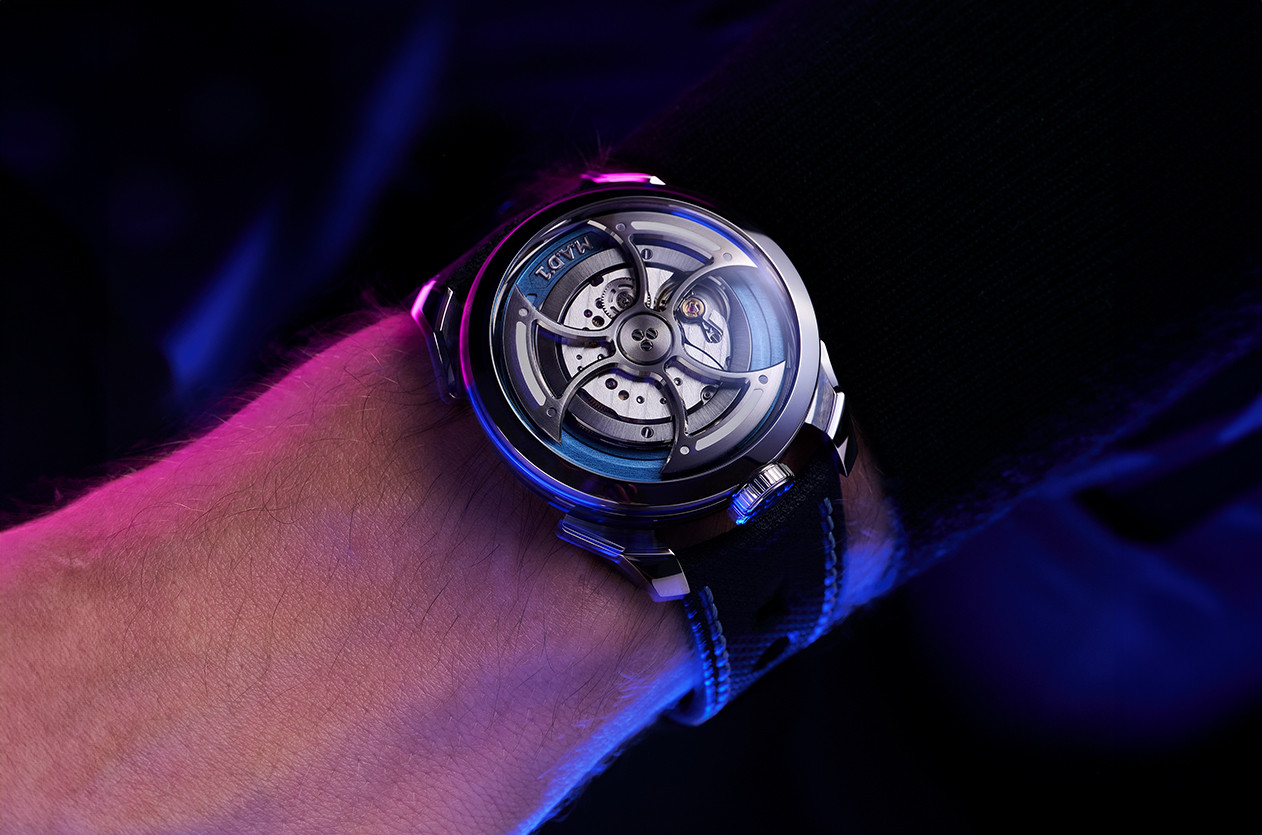
Introducing Seiko Unveils the Presage Cocktail Time SRPL96J “The Conte”
Welcome to the hub of the horoloy
Is a type of radioactive material used in some watches to illuminate the markers and hands in the dark. Tritium is a beta-emitting radiation material, and it emits light when it interacts with a phosphorescent material in a small glass tube inside the watch.
Watches that contain tritium provide independent illumination for the markers and hands for a long period in the dark without the need for external light sources such as sunlight or artificial lighting. Tritium emits a stable and continuous light for a duration of up to 10-15 years, thanks to its radioactive properties.
One of the advantages of using tritium in watches is that it is not affected by weather conditions or surrounding light sources, making it useful for use in various climatic conditions and in dark environments.


News Dubai Watch Week 2025 Will Be the Largest Ever with 90 Brands Participating

Technical The Frequency, Why It Matters in Mechanical Watches

Editorial The Secrets of Watch Case Design

Editorial Abraham-Louis Breguet, The Father of Modern Horology

Introducing MB&F Unveils the New Generation of Its Famous Collection the M.A.D.1S

Hands on Vulcain Cricket Classic 39mm Black & Khaki